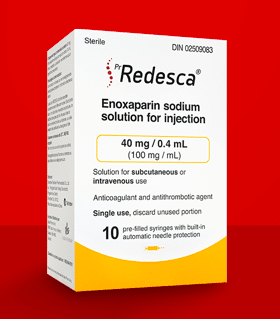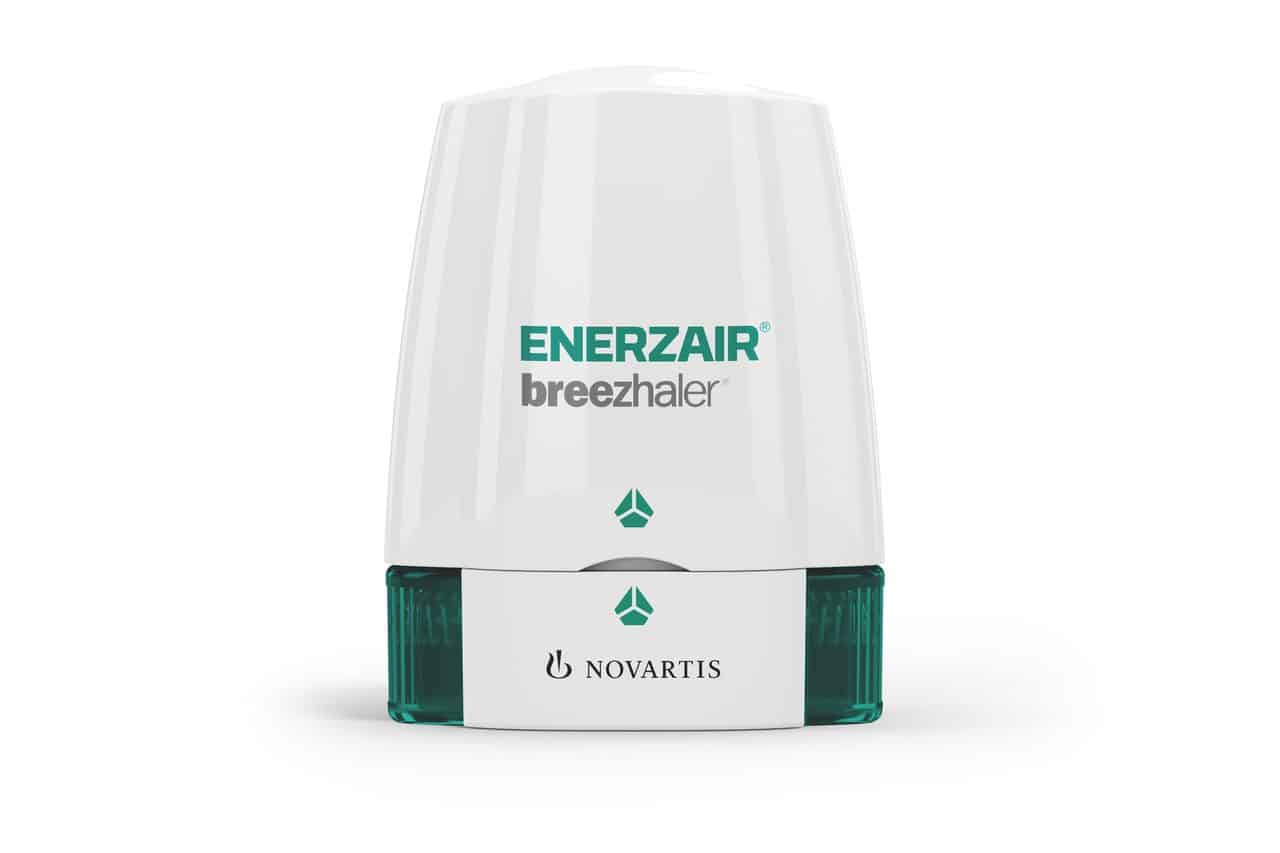
Valeo Pharma (Valeo Pharma Stock Quote, Chart, News, Analysts, Financials CSE:VPH) is poised to do well in Canada with its blood clot drug, according to Chelsea Stellick of iA Capital Markets. In a client update on Wednesday, Stellick maintained her “Buy” rating and target price of $1.60/share for a projected return of 142.4 per cent.
Montreal-based specialty pharmaceutical company Valeo engages in the acquisition, in-licensing and commercialization of pharmaceutical products with a primary focus on neurodegenerative diseases, oncology and supportive care, and hospital products.
Stellick’s updated analysis looks at Valeo’s primary offering, Redesca, in light of more competitors entering the Canadian market.
Redesca is a low molecular weight heparin (LMWH) biosimilar used to treat and prevent blood clots in deep veins and lungs by thinning the blood. The drug received Health Canada approval in 2020 after a comprehensive series of clinical tests and studies.
Valeo has secured public reimbursement for Redesca in nine Canadian provinces (British Columbia is the lone holdout, though Stellick expects the province to add it to its listings in the near-term), in part due to the favourable tailwinds for biosimilars, which are generic versions of biologic drugs.
“Redesca is poised to capture the favourable payor interest supporting biosimilars in Canada as provinces seek to create cost efficiencies,” Stellick said. “Valeo has key competitive advantages as the world’s largest heparin supplier and flexibility in product formulation, which will ensure that Redesca remains the crown jewel of VPH’s portfolio in F2022 despite more direct competition.”
“Biosimilars are equivalent in safety and efficacy to the brand drugs they reference,” Stellick said. “Redesca will be an important component of the LMWH biosimilars market in Canada, which will be boosted by the governments’ increased support for biosimilars.”
Redesca is also reimbursed for over 90 per cent of Canadians covered by private payor health plans, making it broadly accessible. Stellick referenced evidence suggesting an increased risk of blood clots in high-risk patients with COVID-19, where LMWH medicines demonstrated a 32 per cent risk reduction in incidences of venous or arterial thromboembolism or death in relation to the current standard of care, heparin, in 253 COVID-19 patients.
By comparison, heparin is administered intravenously during surgery to prevent blood clots while Redesca is administered via subcutaneous injection.
“Randomized clinical trials in this patient population are ongoing to assess further potential benefits of anticoagulation,” Stellick said. “These findings to date indicate a potential role of LMWH and biosimilars such as Redesca in the treatment of COVID-19 patients.”
However, more competitors are coming to challenge Valeo in the Canadian Redesca marketplace, as it has similarities to three other products approved by Health Canada: enoxaparin (Lovenox), dalteparin (Fragmin) and tinzaparin (Innohep).
Among enoxaparin-based products, immediate competitors to Valeo’s Redesca offering include the Sandoz-Novartis offering Inclunox, along with Noromby, developed by Juno Pharmaceuticals; both Inclunox and Noromby launched in Canada in 2021. However, Redesca, which Valeo licenses from Shenzhen Techdow Pharmaceuticals, can be administered as pre-filled syringes or multi-dose vials where the competitors are only available in single-dose syringe format.
With gross margin set at 55 per cent through 2030 in her projections, Stellick predicts a 90 per cent jump from $10 million to $16 million in cost of goods sold from 2021 to 2022, peaking at $87 million in 2028, the final year of reported revenue from Valeo’s Enerzair and Atectura Breezhaler products.
Redesca is expected to account for 19.7 per cent of Valeo’s overall revenue mix in 2021 at $2.76 million, and remaining relatively in that ballpark through 2028. However, once the Breezhaler revenue stops coming in, Stellick expects the Redesca offering to account for over 70 per cent of the company’s revenue mix in 2029 and 2030.
Meanwhile, Stellick projects 2023 to be Valeo’s first year of positive net income at $14 million, eventually increasing to a projected $55 million from 2026 through 2028 before dropping back to a projected $13 million in both 2029 and 2030.
From a valuation perspective, Stellick believes Valeo will be falling in line with its peer group relatively soon from a sales viewpoint, as she projects the company’s EV/Revenue multiple to drop from the reported 7.9x in 2020 to 3.7x in 2021, then dipping to 1.2x in 2022, getting ahead of the peer group (2x projection in 2022) after being a premium in both 2020 (peer group average 3.3x) and 2021 (peer group average 3.7x).
Meanwhile, Stellick has also introduced an EV/EBITDA multiple projection for 2022, with Valeo’s projection of 35.2x being well off the peer group average multiple of 9.9x.
Valeo’s stock price has dropped by 46.3 per cent over the last year, and 11 per cent in the first month of 2022. Valeo enjoyed a 52-week high of $1.25/share on April 26 before dropping to its 52-week low of $0.60/share on July 22.
Leave a Reply
You must be logged in to post a comment.






 Share
Share Tweet
Tweet Share
Share




Comment